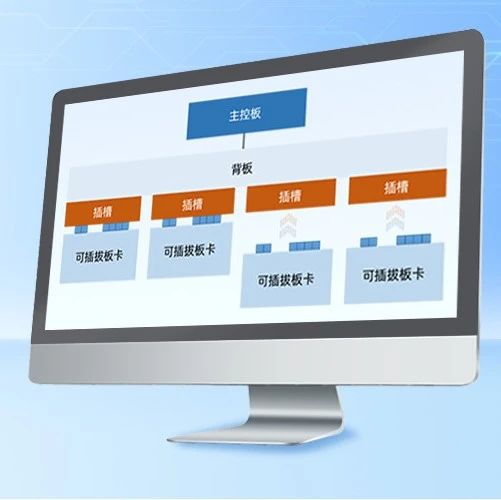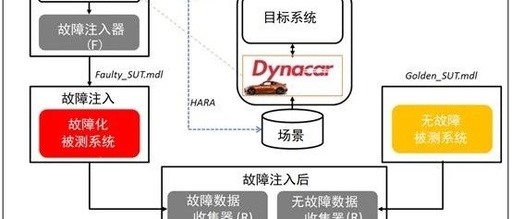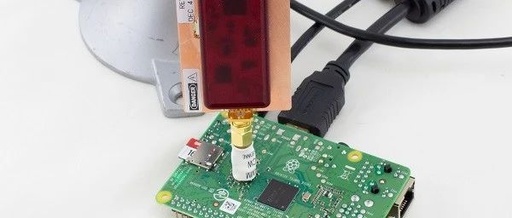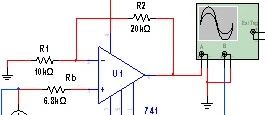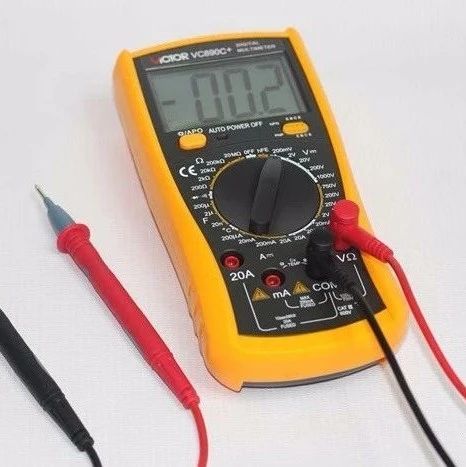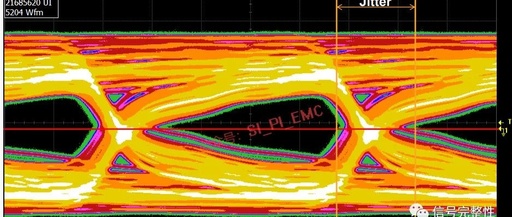Intentional and Unintentional Fault Injection in Virtual Platforms
The focus of building virtual platforms often lies in system operation, especially in the field of digital twins for automotive and aerospace applications. Only by ensuring that the virtual platform can operate the system correctly can the software run reliably on the virtual platform. To ensure the system operates correctly, it is often necessary to … Read more
